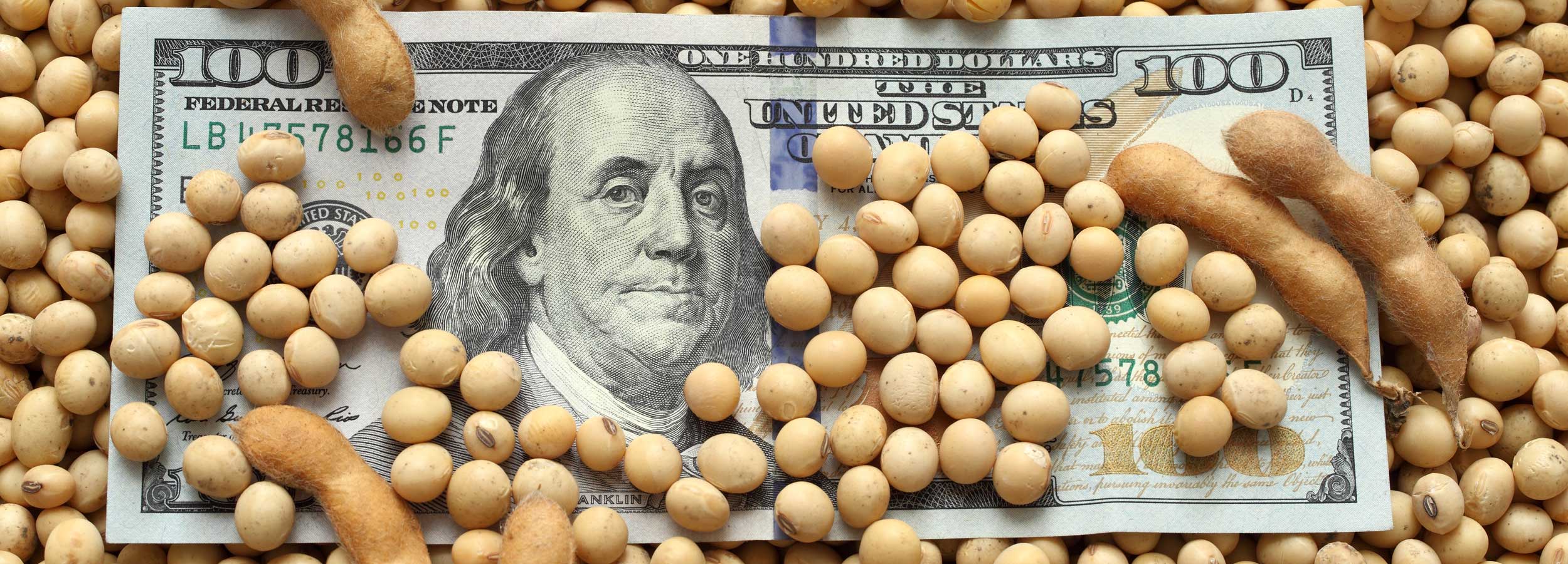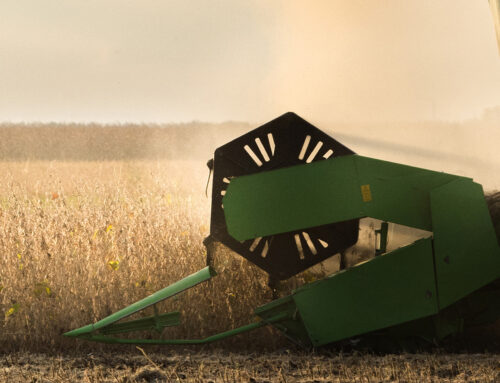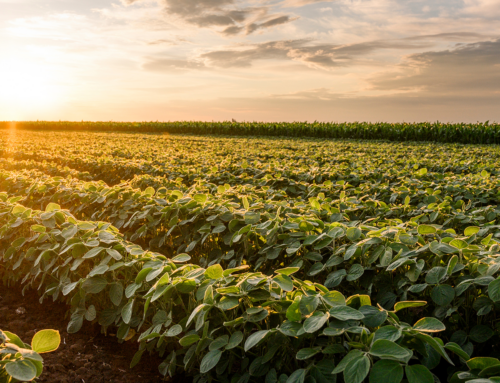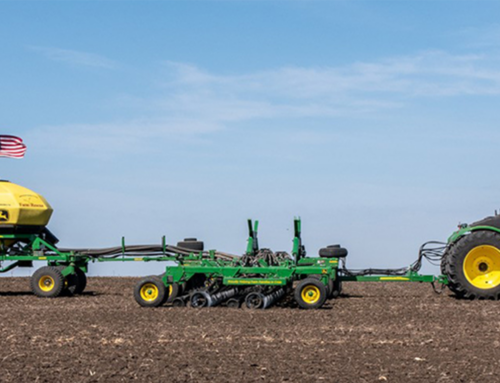
ROI on soy checkoff dollars
Share This
The Wisconsin Soybean Marketing Board (WSMB) is constantly working to ensure that the checkoff dollars are being used responsibly and to give the greatest return on investment. From education to research to market development, Wisconsin checkoff dollars are hard at work. Steve Wilkens, a highly involved member of WSMB for the last eight years, says he is focused on ROI of the checkoff and ensuring that Wisconsin growers are getting the most out of their checkoff dollars. Wilkens’s background as an agronomist for Syngenta and the owner and operator of Silver Creek Grain brings a unique perspective to the marketing board, which makes him a very valuable member of the team.
Farming is a Way of Life
Wilkens comes from a long line of farmers, six generations to be exact! Being brought up in a family deeply rooted in agriculture, he feels a great sense of comfort and familiarity with the farming lifestyle. Because of this familiarity and history with agriculture, Wilkens understands that farming is not just a business, it is a way of life, especially here in the Midwest. He emphasizes the remarkable ability to work with, connect with, and learn from other growers across the region and for farmers to be able to mutually benefit from these connections.
Soybean Production, Marketing and Return on Investment
With eight years of service on the Wisconsin Soybean Marketing Board, Wilkens’ passion for his responsibilities to Wisconsin farmers remains unwavering. As a board member, he is particularly invested in the marketing aspect of the soybean industry, recognizing that it is not just about production but also the utilization of what is produced. Given Wisconsin’s significant contribution as a supplier of soybeans with approximately 2.3 million acres dedicated to soybeans, driving grower profitability is crucial. Wilkens helps ensure that checkoff dollars are strategically invested in research projects that explore innovative applications for soybeans. The efforts have yielded an impressive ROI of $12.34 for every checkoff dollar spent, a figure that Wilkens and the board strive to increase year after year.
Benefits of Being a Grower in Wisconsin
Wisconsin is very fortunate to have elite academic researchers like Dr. Shawn Conley, Dr. Damon Smith, Dr. Rodrigo Werle, and others who contribute to the success of soybean growers. Funding research projects have been rewarding for the board, especially for Wilkens as he has an extensive background as an agronomist. The use of white mold apps and innovative technologies like artificial intelligence and data analysis drive grower insights and profitability. Wilkens and the rest of the board members take great pride in funding these initiatives and positioning Wisconsin soybean growers ahead in the industry.
Checkoff Dollar Allocation and Determining Projects to Fund
The process that the soybean marketing board goes through to review and select projects to fund is extensive yet highly productive. During a recent meeting, the board reviewed a wide range of research proposals covering various aspects of the soybean industry. Board members made individual recommendations, and after thorough discussions, decisions were made on which projects to fund. Over $1.1 million was allocated to numerous initiatives, including long-term research projects and shorter-duration efforts like marketing campaigns and market development abroad. One of the more notable proposals focused on supporting soybean adoption in Central America, reflecting the board’s commitment to exploring new opportunities for growth and success in the industry.
Some growers may be concerned that their checkoff dollars are being spent on projects that are not focused in Wisconsin. The primary focus of funding is on the state and local level. However, there are instances where supporting projects with a larger regional or global impact makes sense. In such cases, collaboration with other associations or states may be considered, especially for high-cost endeavors. While Wisconsin alone may not be able to fully fund a million-dollar project, contributing a significant amount like $50,000 or $100,000 can still have a positive effect on the soybean market. An example of this is the changing landscape of soybean exports due to the domestication of beans through crushing plants. This shift necessitates a different approach to utilizing soybean meal and oil, ensuring that growers are not left with excess byproducts that do not bring value and profitability.
Taking Pride in His Work
Wilkens is very proud of the work he and the rest of the board have done so far for Wisconsin growers. One thing he is especially proud of and is looking forward to is the day that the board can tell Wisconsin soybean growers that they finally have a crush plant. He understands the significance of this facility for both growers and livestock producers in the state, particularly those in dairy and swine farming.
In the meantime, various initiatives are being pursued to enhance the value of soybeans and ensure profitability for Wisconsin growers. In Wilkens’ view, success is when soybean farmers can consistently generate profits, sustain their operations, and pass down their farms however they please. He finds great fulfillment in contributing to this objective and invests significant time and effort towards its realization.
To learn more about research projects that are being funded by your checkoff dollars, visit our resources page. If you want to hear more from Steve Wilkens, check out the newest episode of our podcast!



